AM-13 - Multi-criteria evaluation

- Describe the implementation of an ordered weighting scheme in a multiple-criteria aggregation
- Compare and contrast the terms multi-criteria evaluation, weighted linear combination, and site suitability analysis
- Differentiate between contributing factors and constraints in a multi-criteria application
- Explain the legacy of multi-criteria evaluation in relation to cartographic modeling
- Determine which method to use to combine criteria (e.g., linear, multiplication)
- Create initial weights using the analytical hierarchy process (AHP)
- Calibrate a linear combination model by adjusting weights using a test data set

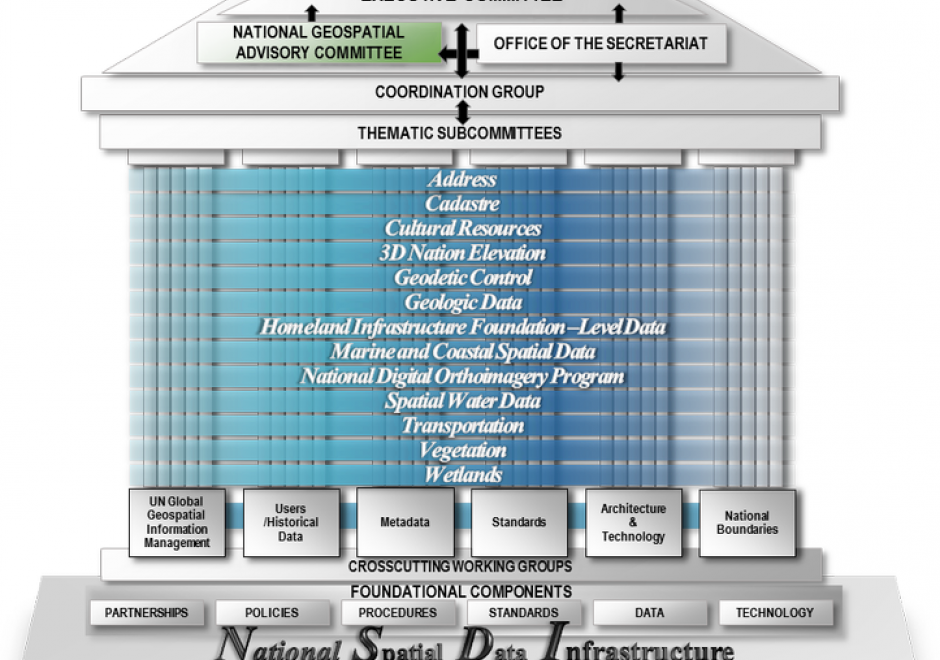
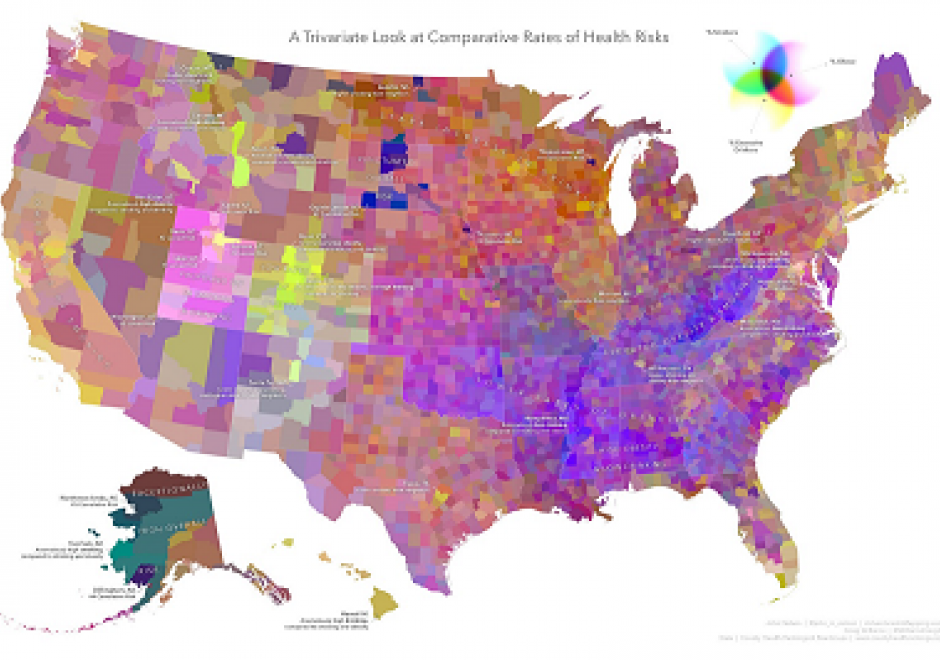
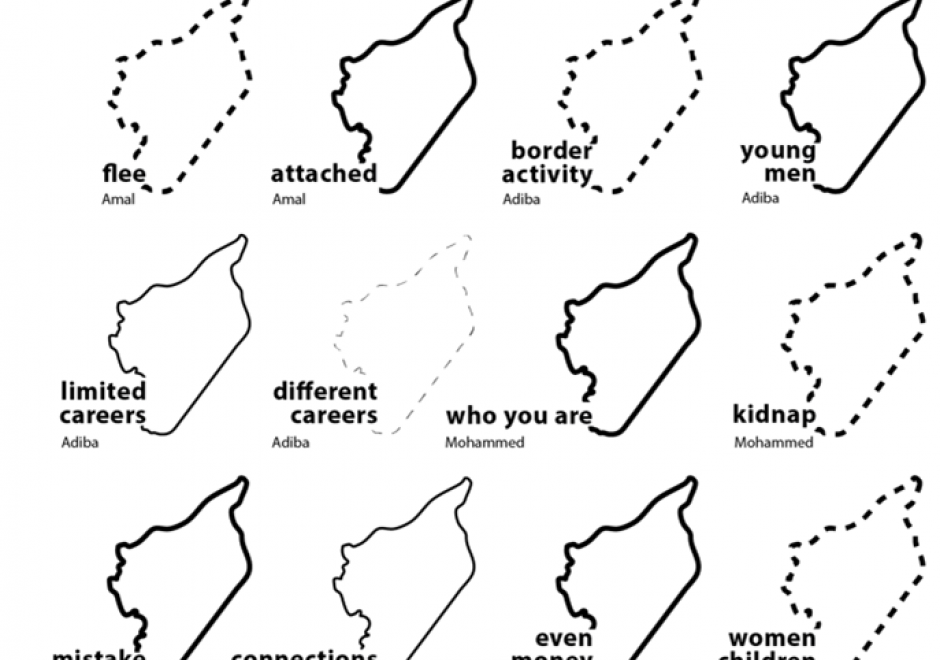
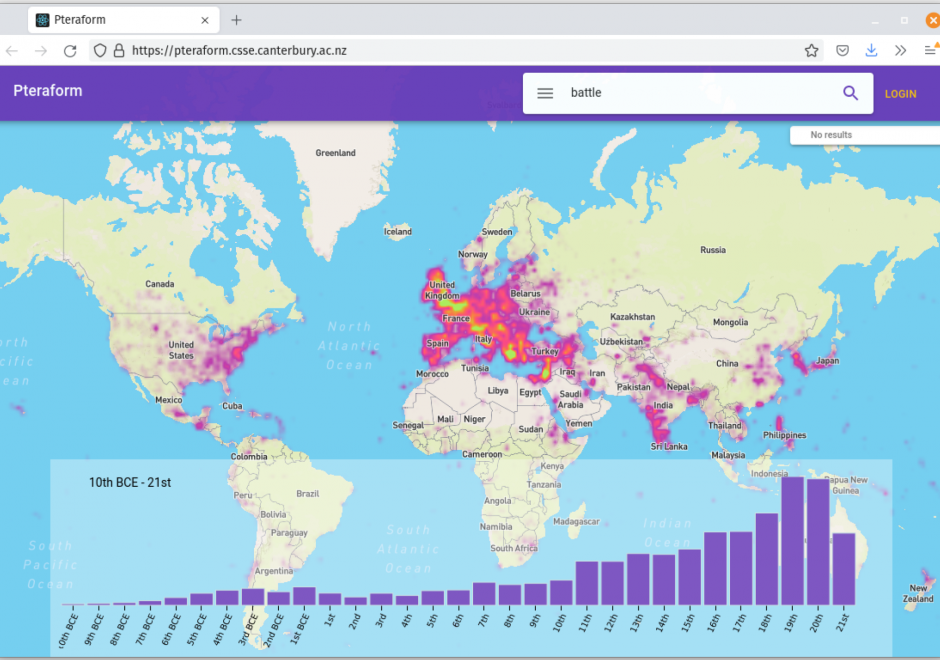
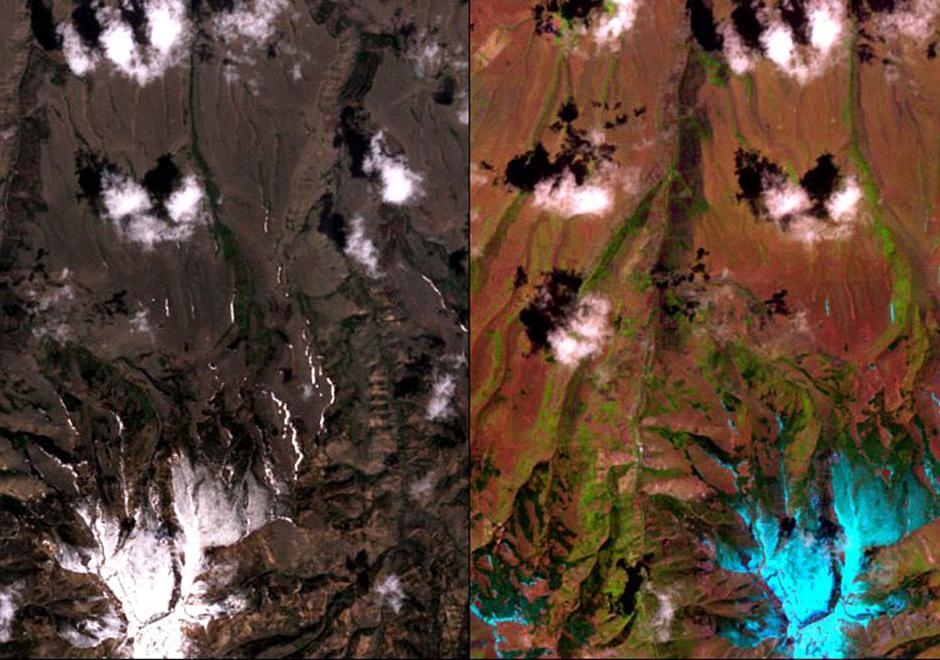
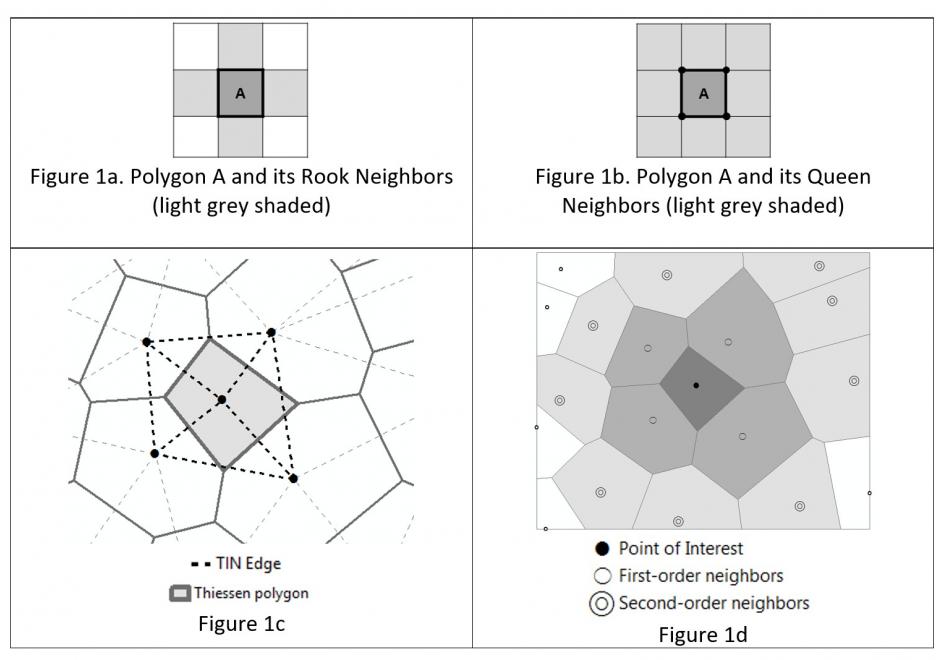
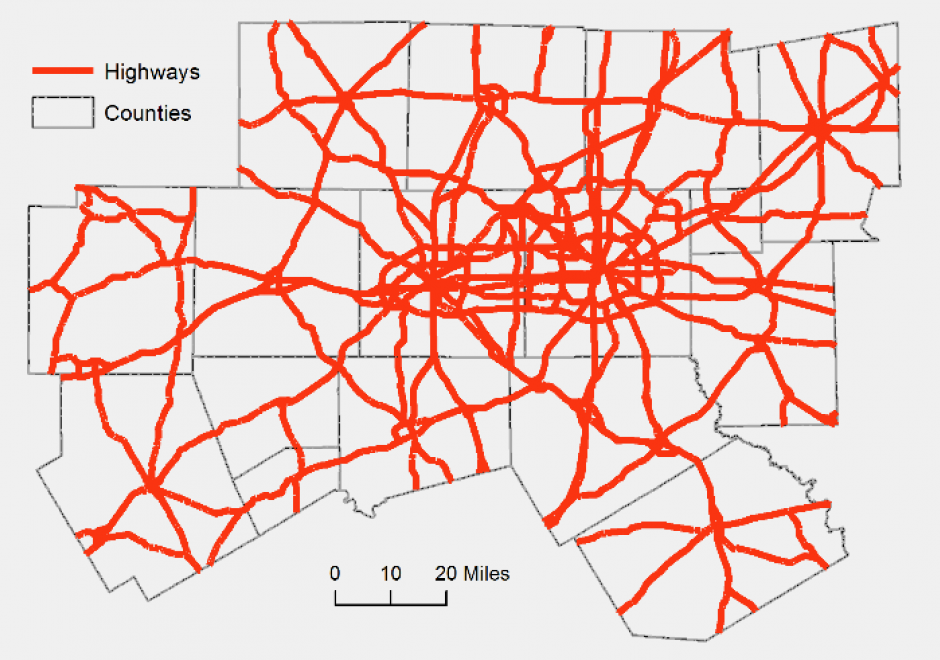
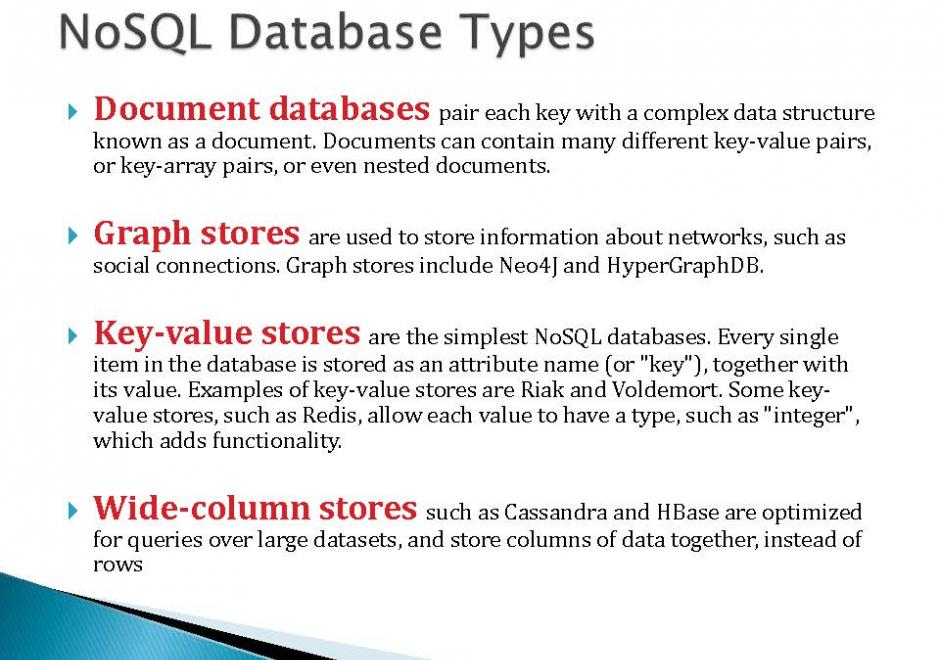
AM-44 - Modelling Accessibility
Modelling accessibility involves combining ideas about destinations, distance, time, and impedances to measure the relative difficulty an individual or aggregate region faces when attempting to reach a facility, service, or resource. In its simplest form, modelling accessibility is about quantifying movement opportunity. Crucial to modelling accessibility is the calculation of the distance, time, or cost distance between two (or more) locations, which is an operation that geographic information systems (GIS) have been designed to accomplish. Measures and models of accessibility thus draw heavily on the algorithms embedded in a GIS and represent one of the key applied areas of GIS&T.